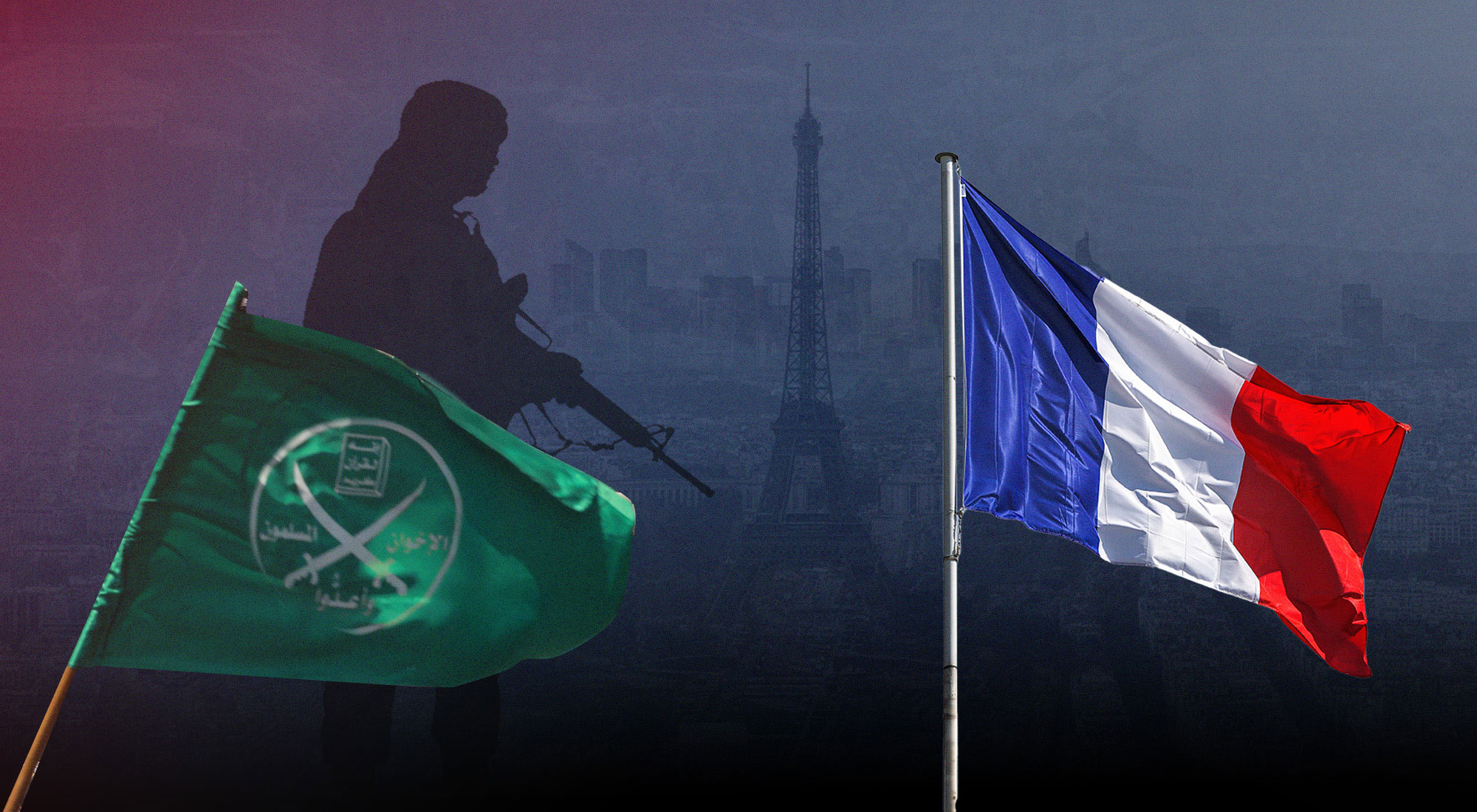As the United States enters its presidential election year, it may be fruitful to begin a discussion on a cornerstone of the current administration’s counter-terror program – the use of drones to conduct air-to-ground missile strikes on the leaders of terrorist organizations abroad. These drone strikes are conducted where U.S. military forces cannot operate on the ground, in sovereign countries, and sometimes without the permission of the governments of the territories where the strikes occur. While so-called “high value targets” are frequently killed, so too are unfortunate civilians who happened to be in the wrong place at the wrong time. According to the Bureau of Investigative Journalism, which tracks the numbers of casualties related to drone attacks, since the program began in 2002, between 3,023 and 4,844 people have been killed, of those, at least 488 have been reported as civilians, 180 of those were children.
This piece describes the United States drone program, and then analyses the dilemma presented by the program. In spite of its effectiveness at removing terrorists from the battlefield, propagandists for organizations like al-Qaeda and Daesh powerfully use the civilian deaths drone strikes cause to recruit new members and gain popular support. Ultimately the U.S. government will need to make its targeted killing program more transparent to demonstrate to audiences in the West, and where these strikes occur, the care it undertakes to avoid civilian casualties. Though this transparency may never be fully accepted by many living in areas most affected by these airstrikes, it will at least fill the information void so adroitly manipulated by terror group propagandists.
Rise of the Drones
While President Obama was reducing U.S. military presence on the ground in Iraq and Afghanistan, a choice was made to increase the deployment of armed remotely piloted aircraft (RPAs), popularly referred to as “drones.” The term “drone” is often used imprecisely and carries with it a set of misconceptions, according to the Stimson Center’s 2014 Recommendation and Report of the Task Force on the United States Drone Policy. First, remotely piloted aircraft are simply that: aircraft controlled by a pilot who happens to be in a different location, often very far away from where the RPA is operating. They are not semi-autonomous machines that can select their own targets and make life-or-death decisions without human input. Secondly, this technology is characterized singularly as killing machines even though a vast majority of RPA missions are unarmed and are used for intelligence, surveillance, and reconnaissance (ISR); less than one percent of Defense Department RPA missions are armed. RPAs are often criticized as a cheap, safe, but less accurate alternative to manned aircraft missions. However, due to their ability to “loiter” over a target flying slowly, RPAs are actually more precise and carry better targeting sensors than do their manned counterparts. Finally, RPAs are neither “super-weapons” that present a radical departure from existing technology; nor are they “strategic” in the sense that they represent a new offensive front in U.S. power projection—only a tiny fraction of the small percentage of RPA missions that are armed have been conducted outside the traditionally-defined battle-spaces of Iraq, Afghanistan, and Libya.
Although there are many public misperceptions about “drones” that can be easily addressed, controversy regarding their relative effectiveness and attending material and non-material costs is not so easily dismissed,[1] as President Obama cautioned, “to say a military tactic is legal, or even effective, is not to say it is wise or moral in every instance. For the same human progress that gives us the technology to strike half a world away also demands the discipline to constrain that power—or risk abusing it.”
Moral dilemmas aside, armed RPAs (which, for simplicity, will be referred to as “drones” from here forward) are the Obama administration’s weapon of choice in its war. While President George W. Bush authorized fewer than fifty drone strikes, President Obama ordered eight times that number in his first four years in office. Part of this dramatic increase can be attributed to greater availability and reliability of drone technology, but part must be accounted for by a tactical decision regarding the use of this particular technology.
Discussion of this issue will benefit from some definitions. Drone strikes can be divided into two clear targeting categories. In one set of cases, known as “targeted strikes” the targeted individual is known to be at a particular location at a specific time. In another set of missions, a pattern of activity is observed over a long period of time at a particular location and individuals known to be associated with terrorist violence frequent the location. In these “signature strikes,” the precise identity of the individuals targeted by an air-to-ground missile is not fully known. This targeting procedure was first made public in a New York Times article in 2008 which described the process as:
“Instead of having to confirm the identity of a suspected militant leader before attacking, this shift allowed American operators to strike convoys of vehicles that bear the characteristics of Qaeda or Taliban leaders on the run, for instance, so long as the risk of civilian casualties is judged to be low.”
The U.S. government has yet to officially acknowledge signature strikes as an element of its targeting process, but instead focuses its commentary on targeted strikes against individuals whose identity, whereabouts, and relationship with terrorist groups is known.
It was in two of these “signature strikes” in January 2015 that killed U.S. born al-Qaeda propagandist Adam Gadahn, al-Qaeda operational commander Ahmad al Farouq, along with two hostages, American Warren Weinstein and Italian Giovanni Lo Porto. According to an April 2015 Stratfor analysis, the death of Farouq was a significant blow to al-Qaeda as he was an “upcoming young leader” and was selected to lead al-Qaeda’s planned expanding operation on the Indian subcontinent. Gadahn, on the other hand, while not operationally significant, the Stratfor analysis noted that, “it is quite telling that As-Sahab media [al-Qaeda’s media bureau] has been uncharacteristically silent in 2015. Perhaps Gadahn was more important to As-Sahab’s media and propaganda campaigns than anticipated.”
That such an apparent success can be so tragically drowned out by the deaths of two innocent hostages deserves greater attention and serves to highlight the perception of collateral damage that has plagued U.S. counterterror drone operations. Foreign Policy analyst Micah Zenko concluded bluntly, “the United States simply does not know who it is killing,” in a counterterror policy that he characterized as “out of control.” He further assessed that,
“I’m not saying that these men [U.S. citizens intentionally or unintentionally killed by drone strikes] are good guys…However, the policy that allegedly guides U.S. counterterrorism operations does not justify the killing of those unknown individuals who by chance are later determined to be terrorists.”
In this particular case, however, the hostages’ captors intentionally put them in harm’s way, and U.S. personnel in charge of the mission were likely unaware of the hostages’ presence. The Stratfor analysis of the strikes stressed, “modern militants are generally surveillance aware. They keep captives out of sight and move them from location to location in a clandestine manner,” and therefore the team monitoring the target area would never have seen them. In a 2015 New York Times article Eric Schmidt concluded that regardless of the intent behind co-locating hostages with high value targets, while the immediate cause of these hostages’ deaths was a U.S. missile strike, those ultimately responsible were their al-Qaeda captors.
Blowback
The concept of “blowback” was coined by the Central Intelligence Agency (CIA) in a report on its covert coup d’état that unseated Iranian Prime Minister Mohammad Mossadeq in 1953. The after-action review of that operation concluded in part that the, “possibilities of blowback against the United States should always be in the back of the minds of all CIA officers involved in this type of operation. Few, if any, operations are as explosive as this type.” Indeed, few operations have been as explosive as the coup in Iran, but perhaps the lessons from that operation could have been given greater appreciation as the CIA began to lead the U.S. drone program.
Retired U.S. Army General Stanley McChrystal, former commander, U.S. Joint Special Operations Command and Special Forces officer, has plainly described the “blowback” problem of drone warfare.
“What scares me about drone strikes is how they are perceived around the world. The resentment created by American use of unmanned strikes…is much greater than the average American appreciates. They are hated on a visceral level, even by people who’ve never seen one or seen the effects of one.”
McChrystal concluded that the program exacerbates a, “perception of American arrogance that says, ‘Well we can fly where we want, we can shoot where we want, because we can.’” Similarly, Stephen Walt observed,
“Every time the United States goes and pummels another Muslim country—or sends a drone to conduct a ‘signature strike’—it reinforces the jihadis’ claim that the West has an insatiable desire to dominate the Arab and Islamic world and no respect for Muslim life.”
The toll of civilian casualties has driven both the rise of anti-American sentiment and the reinforcement of preexisting attitudes informed by the past decade and a half. This increases the ability of extremist groups to exploit safe havens and decreases support among affected populations for the regimes that allow drone strikes. There have been several recent studies that demonstrate statistically that the United States’ use of drones has both increased negative perceptions of the United States in the areas most affected by drone activity and changed the way terror groups advertise their positions and try to gather support.[2] The United States is thus trading short-term tactical successes for long-term strategic costs.
Laying aside the technical question of drone strike effectiveness as a counterterror tool, drones are perceived as doing more harm than good. In spite of low, and falling, rates of collateral damage, drones are hated by most of the world for the real damage they do but also as an idea—an affront to the norms of domestic sovereignty, the just war tradition, and international law. The drone program has increased negative opinion of the United States abroad and reinforces narratives used by extremist groups to recruit new members and gain financial and moral support where they operate.
Short Term Losses vs. Long Term Gains
The United States needs to make its drone program more transparent. When it conducts a drone operation that unfortunately causes civilian casualties, the U.S. government should acknowledge those losses, explain (within reason) its targeting and mission authorization process, and describe how precision weapons are used to minimize the risk to civilians. This should serve three purposes: First, it will increase the legitimacy for the drone program among U.S. and other Western audiences, which will nurture political support for the program. Second, although this information may be dismissed as mere propaganda in areas most affected by the drone program, transparency will give allied governments in those regions solid information on U.S. government efforts to minimize civilian deaths; transparency will fill the information vacuum currently dominated by terror group propagandists. Finally, transparency will effectively bind the hands of U.S. policy-makers; once made public, they will be more inclined to follow the procedures as outlined. Unfortunately, transparency will also provide important information to potential targets, which they may then use to their advantage. This is of course a significant weakness of the drone program. The United States wishes to kill terror group leaders where they are, without putting U.S. personnel at risk, but it also wishes to minimize civilian casualties and contain the utility collateral damage has to terrorist groups in recruiting new fighters and winning popular support. In this case, doing something that reduces the effectiveness of a weapon system in the short term has the potential of garnering greater security in the long term by undermining the narratives employed by terror groups.
[1]. For a debate on whether the use of drones is effective see also: Audrey Kurth Cronin, “Why Drones Fail: When Tactics Drive Strategy,” Foreign Affairs 92(4) (2013), pp. 44–51; Daniel Byman. 2013. “Why Drones Work: The Case for Washington’s Weapon of Choice,” Foreign Affairs 92(4) (2013), pp. 32–41.
[2]. For this research, see: Powers, Marina. 2014. “Sticks and stones: the relationship between drone strikes and al-Qaeda’s portrayal of the United States.” Critical Studies on Terrorism, 7:3, 411-421;Williams, B. G. 2010. “The CIA’s Covert Predator Drone War in Pakistan, 2004–2010: The History of an Assassination Campaign.” Studies in Conflict and Terrorism, 33 (10): 871–892;








